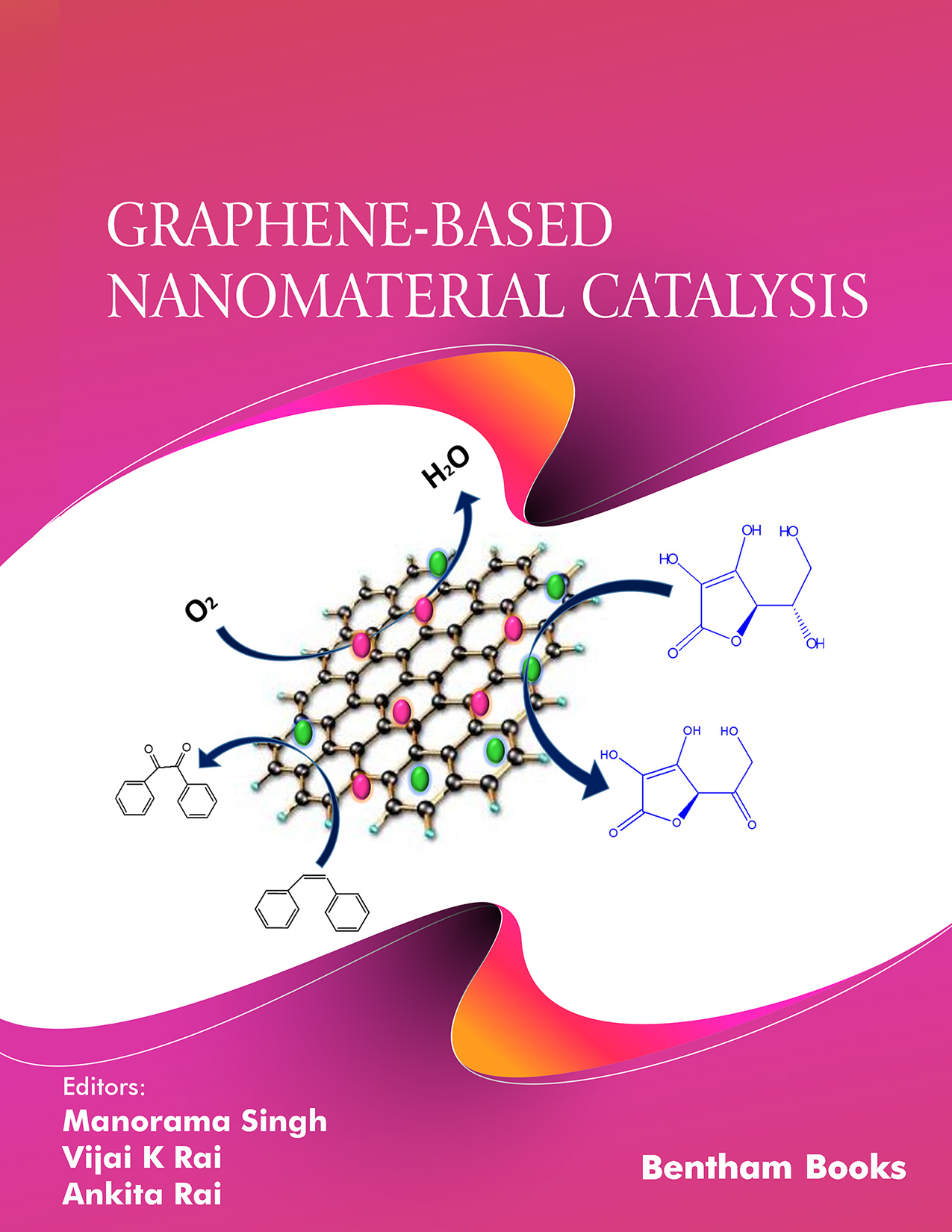Introduction
Graphene-Based Nanomaterial Catalysis compiles knowledge about catalytic graphene-based nanomaterials in a single easy-to-read volume. The text serves to familiarize scholars and professionals with the methods of fabrication of both functionalized and non-functionalized graphene nanomaterials suitable for use in a variety of applications such as electrochemical sensors, oxygen and hydrogen production, fuel cells and organic transformations.
Key Features
- systematic chapters which present the topic in an accessible way that is targeted towards learners
- Accessible information about the fabrication of graphene-based catalysts
- updated knowledge about catalytic applications of graphene-based nanomaterials in electro- and organic catalysis.
- delivers information about recent trends in industry and research.
- covers sophisticated green technologies such as carbon dioxide conversion and solar powered water splitting
- references for further reading
Interested students in material science at undergraduate, graduate and postgraduate levels in the disciplines of chemical engineering and materials science will highly benefit from the information in this reference. The reference also gives researchers in both industry and academia an opportunity to update their knowledge of graphene-based nanomaterials useful for catalysis.

